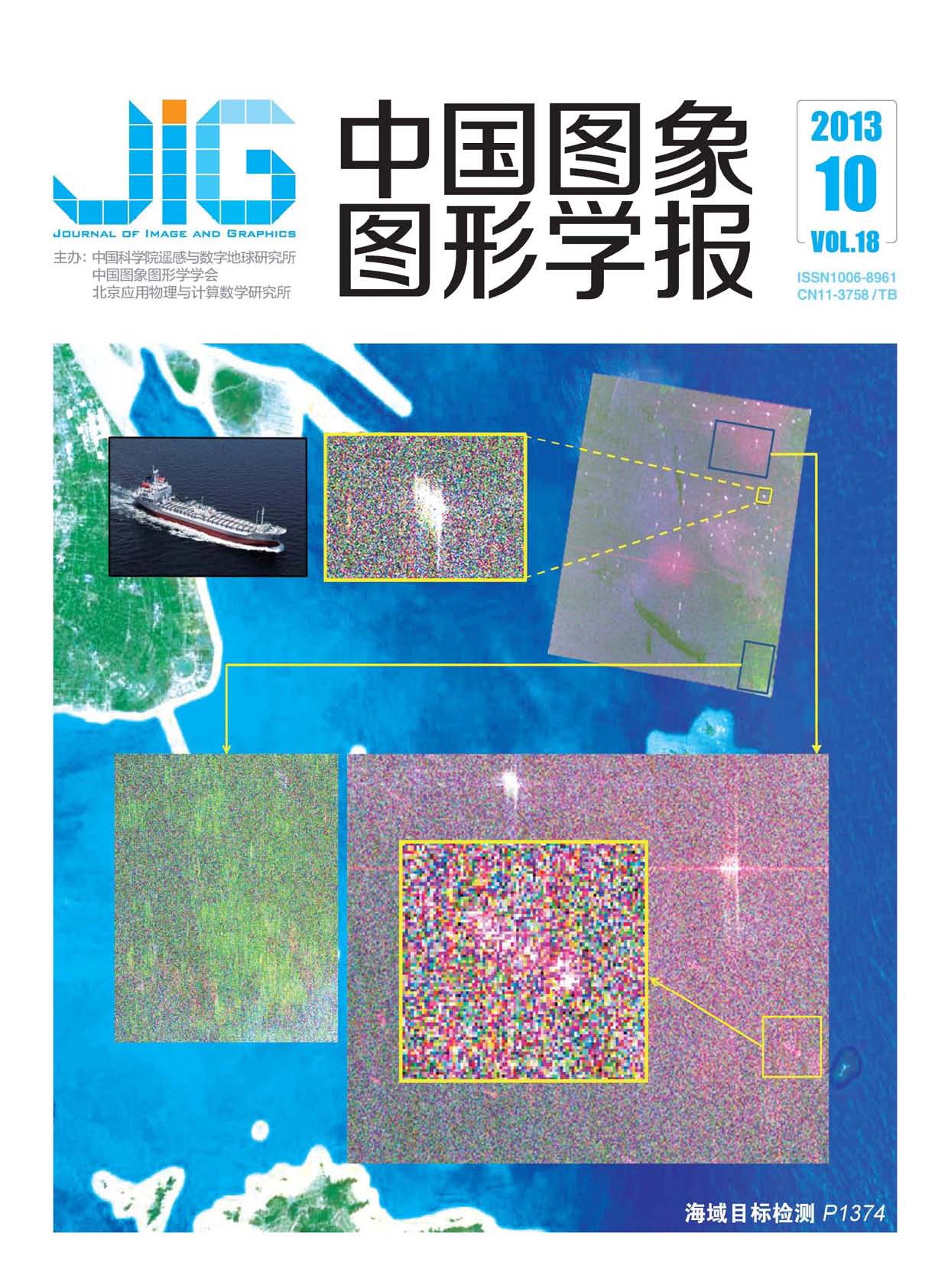
手掌静脉图像识别技术综述
摘 要
人体的手掌静脉具有唯一性、稳定性,隐藏在表皮下,结构复杂很难被复制,手掌静脉图像难以窃取拍摄,这些使得手掌静脉成为一种高安全性的生物特征。作为生物特征识别领域的前沿课题,手掌静脉图像识别技术以其高安全性等优势拥有着广泛的应用前景,成为近几年的研究热点。从手掌静脉图像识别技术的原理入手,综述了手掌静脉图像识别的4个阶段,图像采集、图像预处理、特征提取及匹配。根据特征提取方法不同,将掌脉图像识别方法分为基于结构特征的方法、基于纹理特征的方法和基于子空间的3类方法。最后,对掌脉图像识别技术的难点进行了总结,对发展趋势进行了展望。
关键词
A survey of palm-vein image recognition
Wu Wei1,2, Yuan Weiqi1(1.Computer Vision Group, Shenyang University of Technology, Shenyang 110178, China;2.Information Engineering Department, Shenyang University, Shenyang 110041, China) Abstract
Human palm-vein is a permanent and unique physiological feature for each person. It hides under the skin and is difficult to duplicate because of its complex structure. Furthermore, palm vein images are difficult for candid shootings. All these characteristics make palm-vein a high security biometric feature. As a leading subject of biometrics technology, palm-vein image recognition has a wide prospect of application for its outstanding characters, such as high security. Palm vein image recognition has always been a research focus in recent years. This paper introduces the principle of palm-vein imaging first, then it provides a survey of the four stages for palm-vein image recognition: image acquisition, image preprocessing, feature extraction, and matching algorithms. According to different feature extraction approaches, we roughly group these algorithms into three categories: structure based, texture based, and subspace based methods. Finally, we conclude this paper describing the difficulty of palm-vein recognition technology and a discussion of future trends.
Keywords
|



 中国图象图形学报 │ 京ICP备05080539号-4 │ 本系统由
中国图象图形学报 │ 京ICP备05080539号-4 │ 本系统由